The first Hoar Oak housewife in 1810, Elizabeth Vellacott, would have found little changed if she’d visited the last Hoar Oak housewife, Gertie Antell, in the 1960s. A new iron range was fitted into the old chimney space around 1944 but some say that the ‘so say’ benefits of the modern range were outweighed by having to keep it cleaned and blacked and fed with precious coal. Both Elizabeth and Gertie and all of the housewives in between would share a life that was remote, isolated, without the benefits of running water, electricity or gas, plumbing or telephone or a road that could be used by a motorised vehicle.
They shared a life which called on their abilities to be independent, resourceful and skilled in many things above and beyond the normal domestic chores of childcare, cooking, cleaning, knitting, sewing etc. They had to be a dab hand with sheep – especially orphaned lambs – as well as with all the other farm animals. They knew about where to find food, mushrooms, cress, hips and haws, worts and other berries, how to pick hazel shoots in the summer and turn them into a nutritious meal. Foraging it is called nowadays. Then it was the knowledge of survival. They knew about beekeeping and how to make best use of a single, rather sour, apple tree in the garden. Who nurtured that apple pip into a tree? We’ll never know now and the tree is long gone but it provided fruit that is still remembered by descendants.
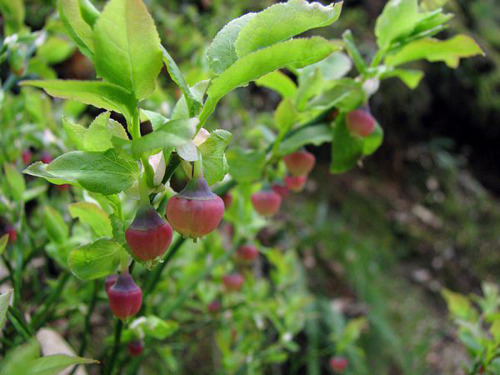

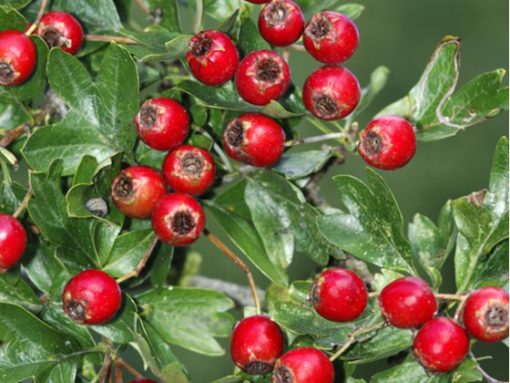
Picking cotton grass for stuffing mattresses; stripping reeds for dipping in tallow to make candles; collecting peat, poo and twigs for the fire and fetching water up from the river are all skills the housewives of Hoar Oak Cottage would have done on a daily basis
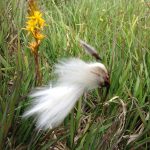
In the 1940s, Mollie Hawcutt wrote “The Housewife’s Poem” about her friend, Dorothy Little – the second to last housewife at Hoar Oak Cottage. Mollie described Hoar Oak as a ‘home with a story to tell’ and in the Housewife’s Poem we learn about washing clothes in a boiler set up by the river and busy baking days when the bread oven was fired up and a succession of pies, cakes, bread and stews were cooked. Dorothy Little’s son, David, recalled those days and his memories are captured in two Hoar Oak Talking blogs:
• Hoaroaktalking:Washing Day
• Hoaroaktalking: Winter Baking Day
Edna Steven recalls domestic lifefrom an earlier time, during the last quarter of the 1800s when her grandparents, James and Sarah Johsntone and their thirteen children, lived at Hoar Oak Cottage. Edna tells us:
“It was such a remote spot that they had to be self-supporting. Wages were low but the family had a cow or two, pigs, poultry and a couple of horses. There was plenty of wood and peat for the fires. Grandmother was a good cook making bread, scones, cakes, butter, cheese and whortleberry pie with cream. The nearest shop was at Barbrook a long walk over a rough track, or on horseback to Lynton. They lived on a £1 a week. Not much for a family of 13 children. That is why the oldest members went out to work at the age of 11 and gave most of their money back for all to survive. Before they were 11 years they picked worts in the summer and dug peat in the winter, besides breaking in the Exmoor ponies to ride. My mother said, “we made our life without toys and were happy.”
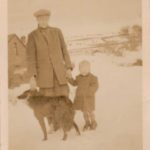
Severe weather was a challenge and reinforced the remoteness of the cottage. There are many instances of snow and cold weather causing the cottage to be cut off for days and weeks at a time and the great snowstorm of 1878 is recorded in the diary of the Head Shepherds. More on this link. Getting about was mainly by foot or by pony and knowledge of the routes across the moor, avoiding bogs and difficult terrain, was vital – for both humans and ponies!
Crossing the moor on a cold winter’s night, perhaps with snow on the ground, would be a huge challenge and in an emergency local men would rally together to help dig a path in the snow for the doctor or a midwife or a neighbour to walk or ride a pony to help a sick child or a woman in labour at the cottage. Snow is prone to drifting in the unstopped winds that blow across Exmoor and ladders might be carried in such emergencies enabling people to climb up and over the drifts. The death of a young child – and of their mother – was not unknown, usually of respiratory illnesses in that damp cold place. But most lived and thrived – a testimony to their mother’s care.
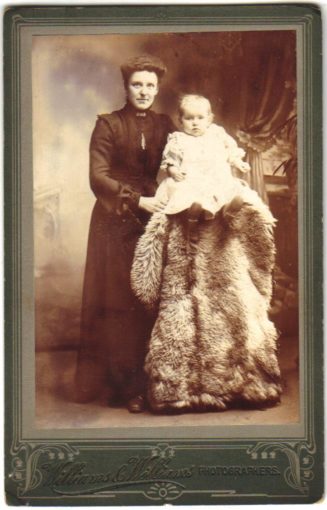

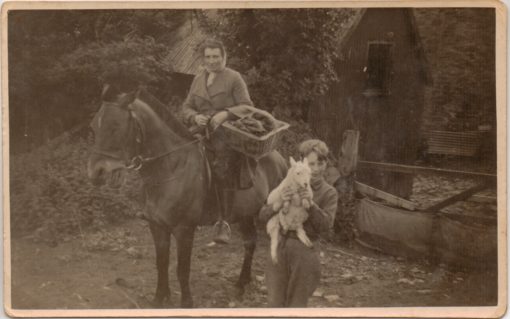
The women’s lives were unimaginably busy and run at a tempo set by the needs of family, the vagaries of the climate and demands of the flock. Their children were born in this isolated spot -sometimes with the help of a midwife or doctor called out from Lynton – but mostly without and they raised tough and self-sufficient children who were taught the day to day skills they would need in their lives. The death of a young child was not unknown, usually of respiratory illnesses in that damp cold place, but most lived and thrived – a testimony to their mothers’ care.
The women of Hoar Oak Cottage are remembered with respect and affection.
Elisabeth Vellacott, Mary Bale, Florrie Bass, Fanny Davidson,
Maria Dovell, Alice Hobbs, Christine Jackson,
Sarah Johnstone, Betsy Moule, Dorothy Little,
Elizabeth Richards and her mother Rebecca Rawle,
Helen Renwick, Betty Lancey, Mrs Taylor,
Gertie Antell and Agnes Vellacott.
You can read more about all of them on their respective family pages on this link The People.
